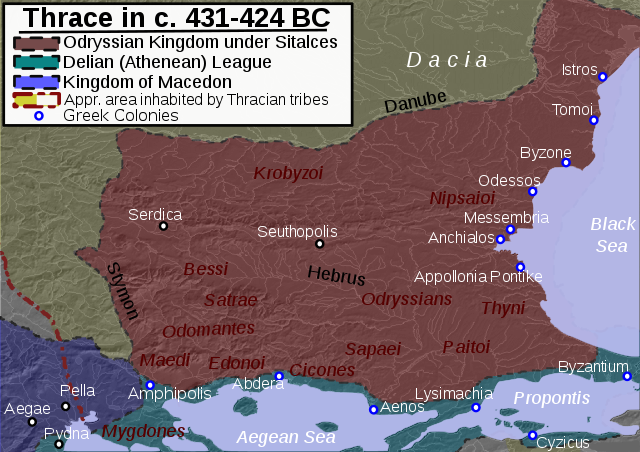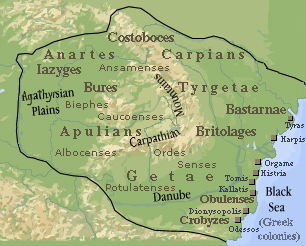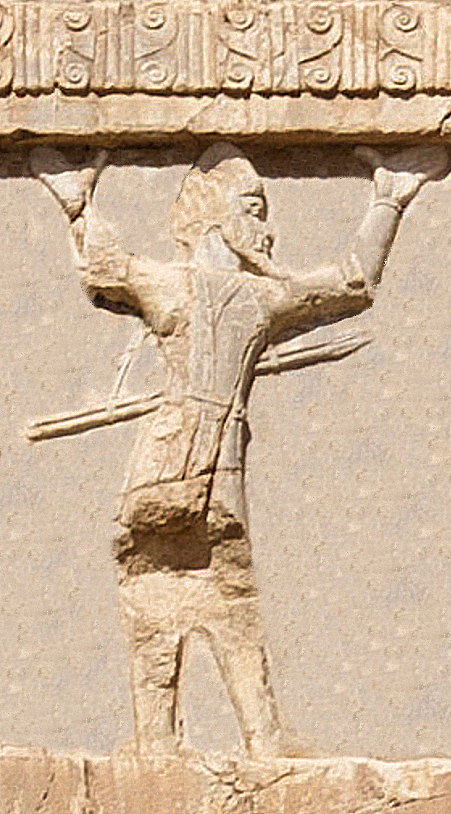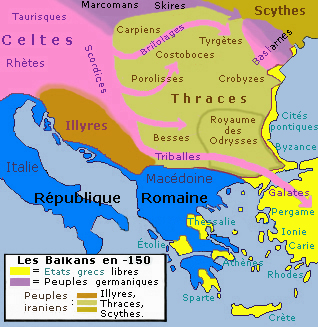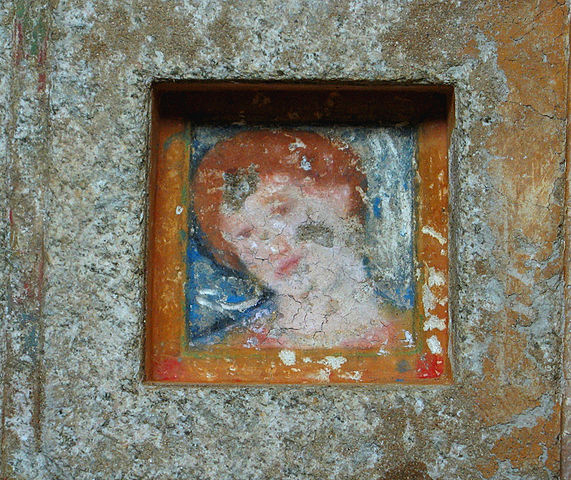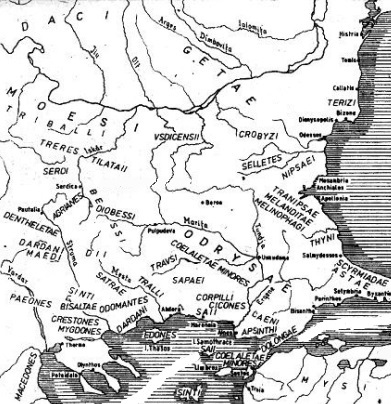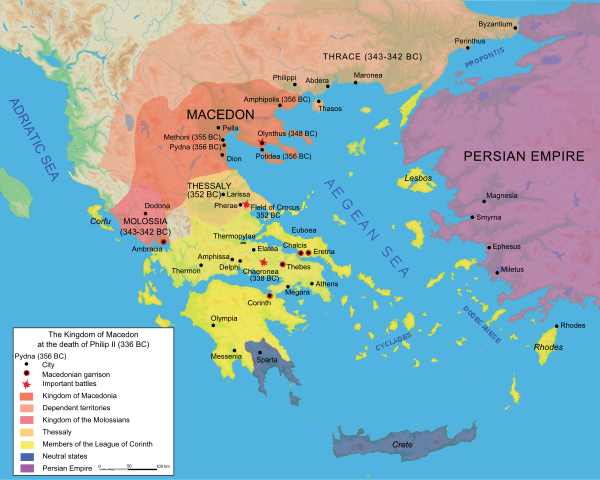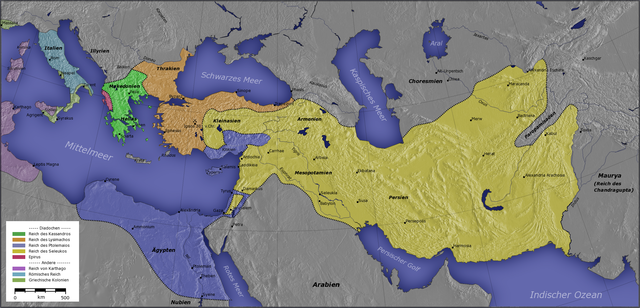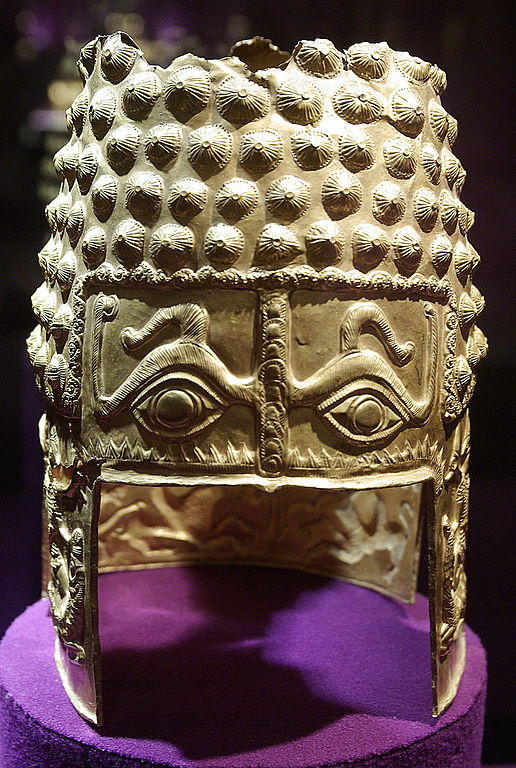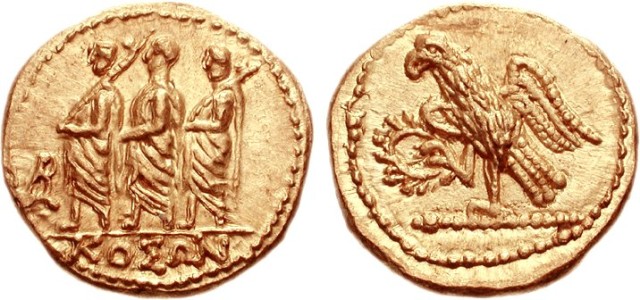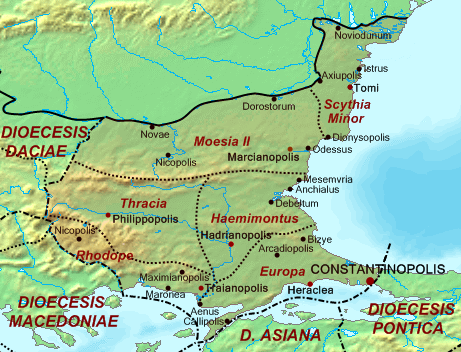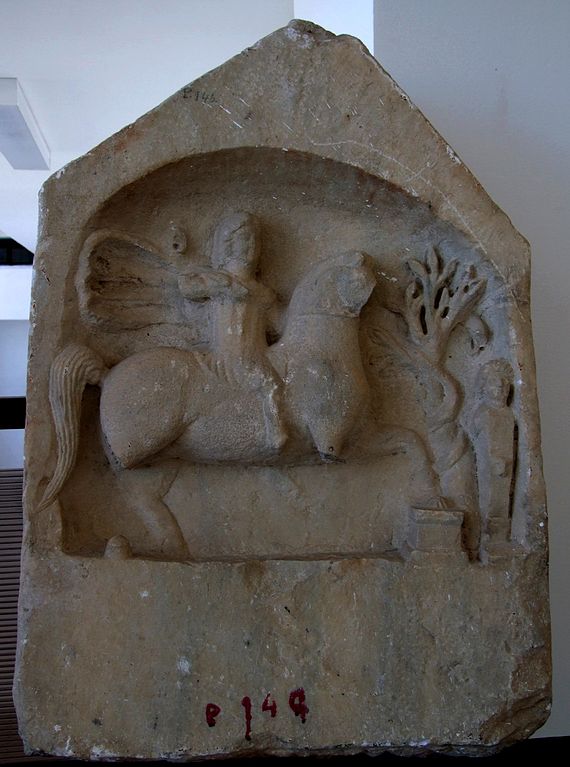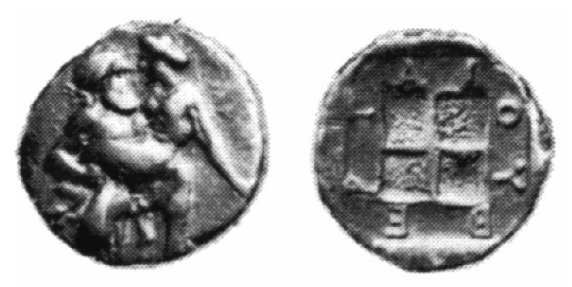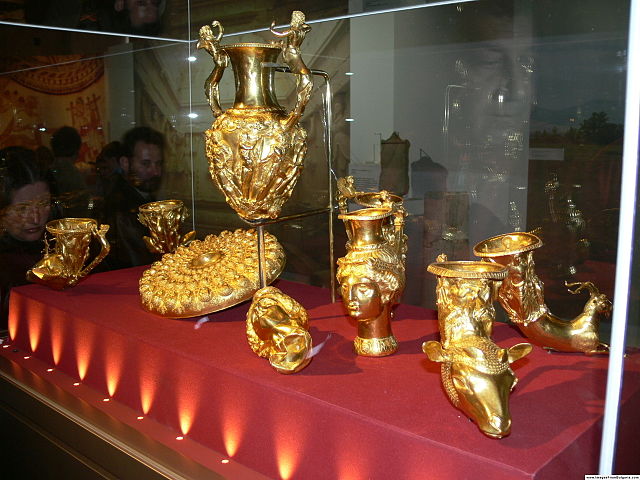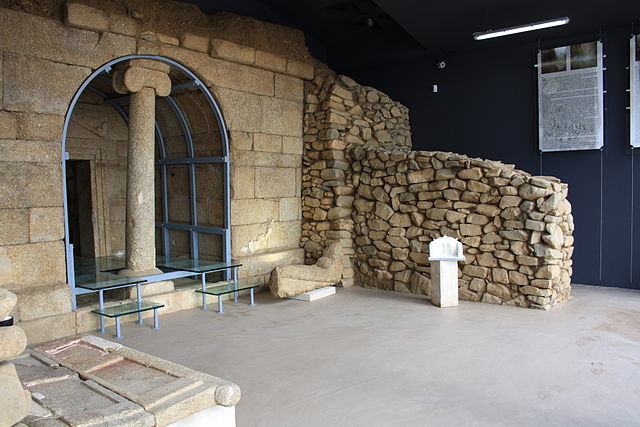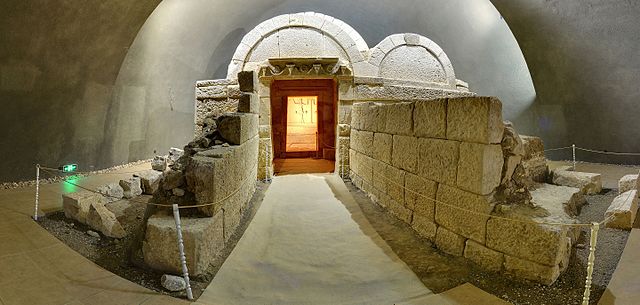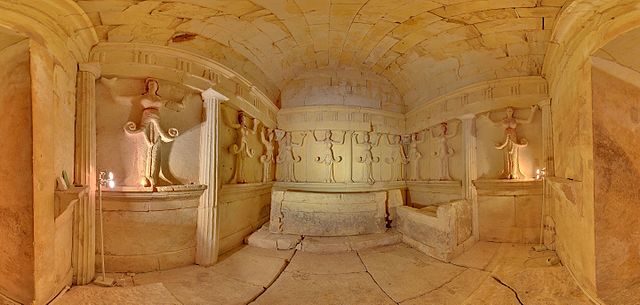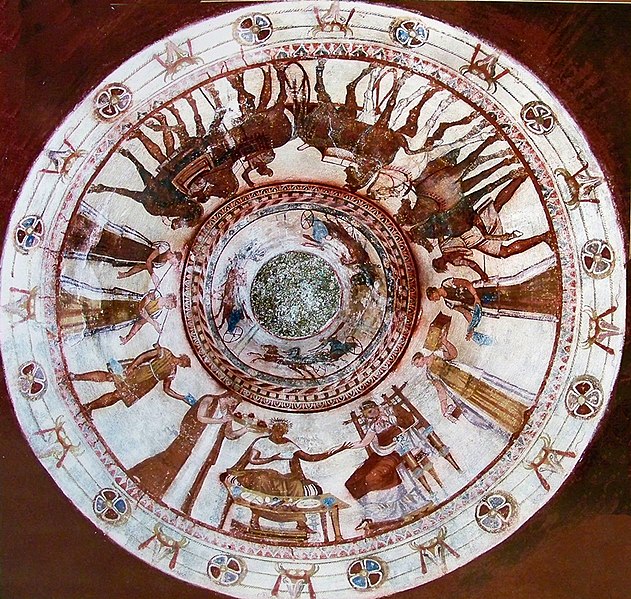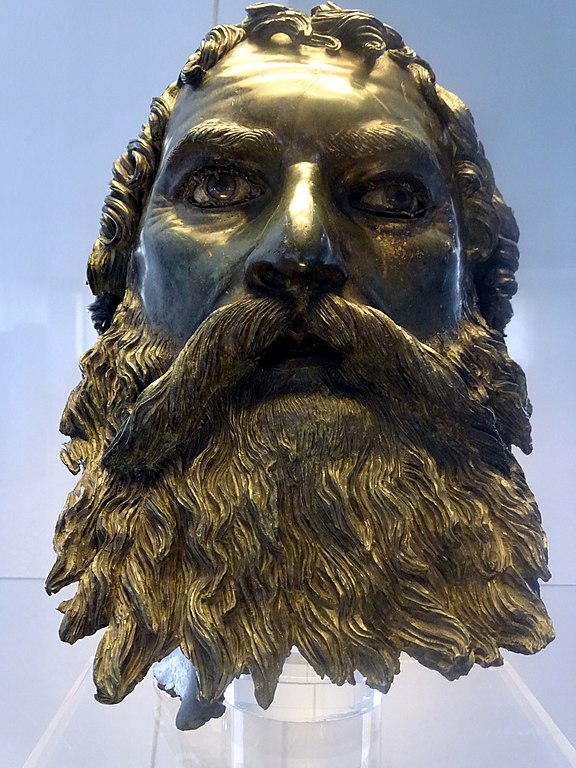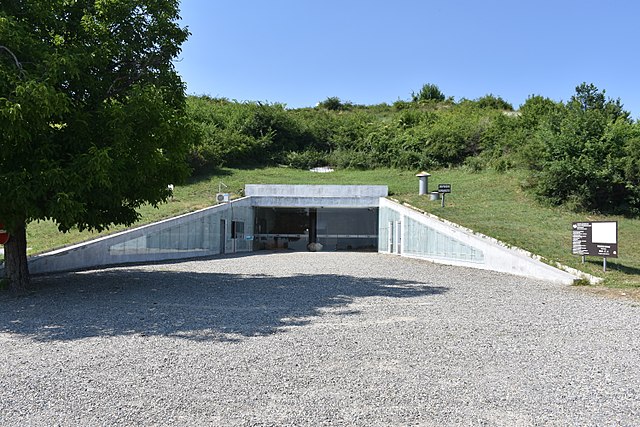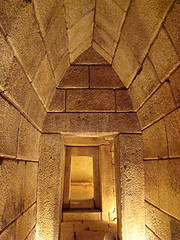
| THRACIANS
Illustration of 5th – 4th century BC Thracian peltast The Thracians (Ancient Greek: Thraikes; Latin: Thraci) were an Indo-European people who inhabited large parts of Eastern and Southeastern Europe in ancient times. They spoke the Thracian language and shared a common culture. The study of the Thracians is known as Thracology.
Etymology
:
Mythological
foundation :
Origins
:
Ancient Greek and Roman historians agreed that the ancient Thracians, who were of Indo-European stock and language, were superior fighters; only their constant political fragmentation prevented them from overrunning the lands around the northeastern Mediterranean. Although these historians characterized the Thracians as primitive partly because they lived in simple, open villages, the Thracians in fact had a fairly advanced culture that was especially noted for its poetry and music. Their soldiers were valued as mercenaries, particularly by the Macedonians and Romans.
Identity and distribution :
Dacia during the reign of Burebista Divided into separate tribes, the Thracians did not manage to form a lasting political organization until the Odrysian state was founded in the fifth century BC. A strong Dacian state appeared in the first century BC, during the reign of King Burebista. The mountainous regions were home to various peoples, including the Illyrians, regarded as warlike and ferocious Thracian tribes, while the plains peoples were apparently regarded as more peaceable.[citation needed]
Thracians inhabited parts of the ancient provinces of Thrace, Moesia, Macedonia, Dacia, Scythia Minor, Sarmatia, Bithynia, Mysia, Pannonia, and other regions of the Balkans and Anatolia. This area extended over most of the Balkans region, and the Getae north of the Danube as far as beyond the Bug and including Pannonia in the west. There were about 200 Thracian tribes.
History
:
Thrace south of the Danube (except for the land of the Bessi) was ruled for nearly half a century by the Persians under Darius the Great, who conducted an expedition into the region from 513 to 512 BC. The Persians called Thrace "Skudra".
Classical
period :
Skudrian (Thracian) soldier of the Achaemenid army, circa 480 BCE. Xerxes I tomb relief
The Odrysian kingdom in its maximum extent under Sitalces (431 - 424 BC) In the first decade of the sixth century BC, the Persians conquered Thrace and made it part of their satrapy Skudra. Thracians were forced to join the invasions of European Scythia and Greece. According to Herodotus, the Bithynian Thracians also had to contribute a large contingent to Xerxes' invasion of Greece in 480 BC. Subjugation of Macedonia was part of Persian military operations initiated by Darius the Great (521–486) in 513: after immense preparations, a huge Achaemenid army invaded the Balkans and tried to defeat the European Scythians roaming north of the Danube River. Darius' army subjugated several Thracian peoples at the same time, and virtually all other regions that touch the European part of the Black Sea, including parts of present-day Bulgaria, Romania, Ukraine, and Russia, before returning to Asia Minor. Darius left in Europe one of his commanders, Megabazus, whose task was to accomplish conquests in the Balkans. The Persian troops subjugated gold-rich Thrace, the coastal Greek cities, and the powerful Paeonians. Finally, Megabazus sent envoys to Amyntas I, King of Macedon demanding acceptance of Persian domination, which the Macedonian agreed to. By this time, many if not most Thracians were under Persian rule.
By the fifth century BC, the Thracian population was large enough that Herodotus called them the second-most numerous people in the part of the world known by him (after the Indians), and potentially the most powerful, if not for their lack of unity. The Thracians in classical times were broken up into a large number of groups and tribes, though a number of powerful Thracian states were organized, such as the Odrysian kingdom of Thrace and the Dacian kingdom of Burebista. The peltast, a type of soldier of this period, probably originated in Thrace.
During this period, a subculture of celibate ascetics called the "ctistae" lived in Thrace, where they served as philosophers, priests and prophets.
Odrysian
Kingdom :
Macedonian
Thrace :
After the Persians withdrew from Europe and before the expansion of the Kingdom of Macedon, Thrace was divided into three regions (east, central, and west). A notable ruler of the East Thracians was Cersobleptes, who attempted to expand his authority over many of the Thracian tribes. He was eventually defeated by the Macedonians.
The Thracians were typically not city-builders and their only polis was Seuthopolis.
Southeastern Europe in the second century BC The conquest of the southern part of Thrace by Philip II of Macedon in the fourth century BC made the Odrysian kingdom extinct for several years. After the kingdom was reestablished, it was a vassal state of Macedon for several decades under generals such as Lysimachus of the Diadochi.
In 279 BC, Celtic Gauls advanced into Macedonia, southern Greece and Thrace. They were soon forced out of Macedonia and southern Greece, but they remained in Thrace until the end of the third century BC. From Thrace, three Celtic tribes advanced into Anatolia and established the kingdom of Galatia.
In western parts of Moesia, Celts (Scordisci) and Thracians lived alongside each other, as evident from the archaeological findings of pits and treasures, spanning from the third century BC to the first century BC.
Roman
Thrace :
Initially, Thracians and Macedonians revolted against Roman rule. For example, the revolt of Andriscus, in 149 BC, drew the bulk of its support from Thrace. Incursions by local tribes into Macedonia continued for many years, though a few tribes, such as the Deneletae and the Bessi, willingly allied with Rome.
After the Third Macedonian War, Thrace acknowledged Roman authority. The client state of Thracia comprised several tribes.
Roman
rule :
The heirs of Rhascuporis became as deeply enmeshed in political scandal and murder as were their Roman masters. A series of royal assassinations altered the ruling landscape for several years in the early Roman imperial period. Various factions took control with the support of the Roman Emperor. The turmoil would eventually end with one final assassination.
After Rhoemetalces III of the Thracian Kingdom of Sapes was murdered in AD 46 by his wife, Thracia was incorporated as an official Roman province to be governed by Procurators, and later Praetorian prefects. The central governing authority of Rome was in Perinthus, but regions within the province were under the command of military subordinates to the governor. The lack of large urban centers made Thracia a difficult place to manage, but eventually the province flourished under Roman rule. However, Romanization was not attempted in the province of Thracia. The Balkan Sprachbund does not support Hellenization.
Roman authority in Thracia rested mainly with the legions stationed in Moesia. The rural nature of Thracia's populations, and distance from Roman authority, certainly inspired local troops to support Moesia's legions. Over the next few centuries, the province was periodically and increasingly attacked by migrating Germanic tribes. The reign of Justinian saw the construction of over 100 legionary fortresses to supplement the defense.
Thracians in Moesia were Romanized. Those in Thrace and surrounding areas would come to be known as the Bessi. In the 6th century AD the Bessian (i.e. Thracian) language was reportedly still in use by monks at a Mount Sinai monastery.
Barbarians
:
Polyaenus and Strabo write how the Thracians broke their pacts of truce with trickery. The Thracians struck their weapons against each other before battle, "in the Thracian manner," as Polyaneus testifies. Diegylis was considered one of the most bloodthirsty chieftains by Diodorus Siculus. An Athenian club for lawless youths was named after the Triballi.
According to ancient Roman sources, the Dii were responsible for the worst atrocities of the Peloponnesian War, killing every living thing, including children and dogs in Tanagra and Mycalessos. Thracians would impale Roman heads on their spears and rhomphaias such as in the Kallinikos skirmish at 171 BC. Herodotus writes that "they sell their children and let their maidens commerce with whatever men they please".
The accuracy and impartiality of these descriptions have been called into question in modern times, given the seeming embellishments in Herodotus's histories, for one. Archaeologists have attempted to piece together a fuller understanding of Thracian culture through study of their artifacts.
Aftermath
and legacy :
Religion :
Some think that the Greek god Dionysus evolved from the Thracian god Sabazios.
Marriage
:
Warfare
:
The history of Thracian warfare spans from c. 10th century BC up to the 1st century AD in the region defined by Ancient Greek and Latin historians as Thrace. It concerns the armed conflicts of the Thracian tribes and their kingdoms in the Balkans and in the Dacian territories. Emperor Traianus, also known as Trajan, conquered Dacia after two wars in the 2nd century AD. The wars ended with the occupation of the fortress of Sarmisegetusa and the death of the king Decebalus. Besides conflicts between Thracians and neighboring nations and tribes, numerous wars were recorded among Thracian tribes too.
Physical appearance :
A fresco of a woman in the Ostrusha Mound in central Bulgaria Several Thracian graves or tombstones have the name Rufus inscribed on them, meaning "redhead" – a common name given to people with red hair which led to associating the name with slaves when the Romans enslaved this particular group. Ancient Greek artwork often depicts Thracians as redheads. Rhesus of Thrace, a mythological Thracian king, was so named because of his red hair and is depicted on Greek pottery as having red hair and a red beard. Ancient Greek writers also described the Thracians as red-haired. A fragment by the Greek poet Xenophanes describes the Thracians as blue-eyed and red haired:
...Men make gods in their own image; those of the Ethiopians are black and snub-nosed, those of the Thracians have blue eyes and red hair.
Bacchylides described Theseus as wearing a hat with red hair, which classicists believe was Thracian in origin.Other ancient writers who described the hair of the Thracians as red include Hecataeus of Miletus, Galen, Clement of Alexandria, and Julius Firmicus Maternus.
Nevertheless, academic studies [citation needed] have concluded that people often had different physical features from those described by primary sources. Ancient authors described as red-haired several groups of people. They claimed that all Slavs had red hair, and likewise described the Iranic Scythians as red haired. According to Dr. Beth Cohen, Thracians had "the same dark hair and the same facial features as the Ancient Greeks." On the other hand, Dr. Aris N. Poulianos states that Thracians, like modern Bulgarians, belonged mainly to the Aegean anthropological type.
Notable
people :
•
Orpheus, mythological
figure considered chief among poets and musicians; king of the Thracian
tribe of Cicones
Also a large number of elaborately crafted gold and silver treasure sets from the 5th and 4th century BC were unearthed. In the following decades, those were exhibited in museums around the world, thus calling attention to ancient Thracian culture. Since the year 2000, Bulgarian archaeologist Georgi Kitov has made discoveries in Central Bulgaria, in an area now known as "The Valley of the Thracian Kings". The residence of the Odrysian kings was found in Starosel in the Sredna Gora mountains. A 1922 Bulgarian study claimed that there were at least 6,269 necropolises [clarification needed] in Bulgaria. [page needed]
•
Panagyurishte
Treasure
Gallery :
Thracian tribes and heroes
Map of the territory of Philip II of Macedon
Kingdom of Lysimachus and the Diadochi
Golden Dacian helmet of Cotofenesti, in Romania
Gold coins that have been minted by the Dacians, with the legend KOEON
Map of the Diocese of Thrace (Dioecesis Thraciae) c. 400 AD
Thracian Roman era "heros" (Sabazius) stele
Coin of Bergaios, a local Thracian king in the Pangaian District, Greece
A gold Thracian treasure from Panagyurishte, Bulgaria
Thracian tomb Shushmanets build in 4th century BC
The Thracian Tomb of Sveshtari
The interior of the Sveshtari tomb
Thracian Tomb of Kazanlak
Bronze head of Seuthes III from his tomb
Tomb of Seuthes III
Interior of Tomb of Seuthes III Source : https://en.wikipedia.org/ |

